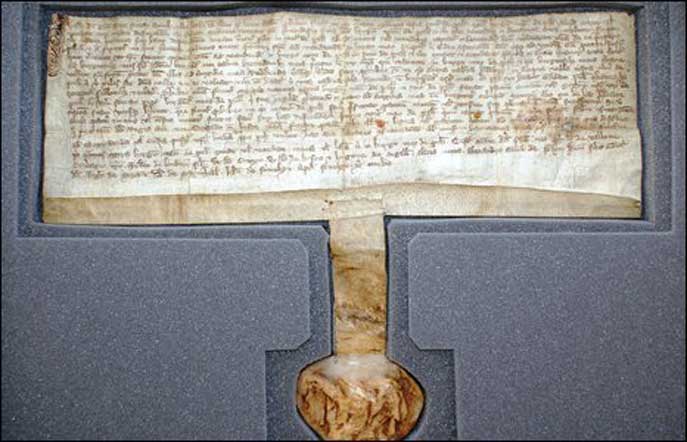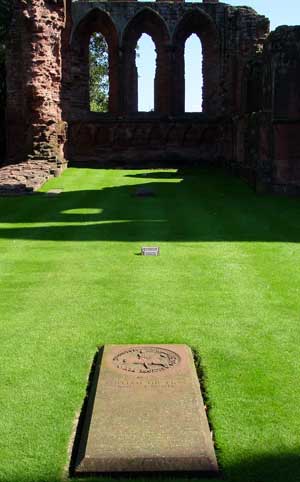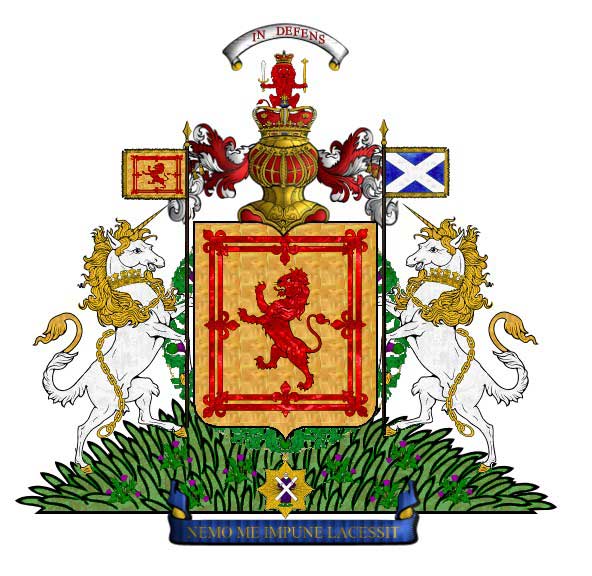HISTORIC ROYAL CHARTER RESTORED |
 |
An ancient document that details the moment when King William the Lion of Scotland granted Royal Burgh status to Perth in 1210 has been restored. Experts at the National Archive of Scotland repaired and cleaned the historic parchment and reattached its official wax seal. The work has been completed ahead of next year's Perth 800 celebrations. The year-long programme of culture and sporting events will mark the 800th anniversary of the honour. The Charter has been placed in a custom-made case and will be put on display at a special exhibition being staged at Perth Museum and Art Gallery throughout next year. The exhibition, Skin and Bone - Life and Death in Medieval Perth, will also feature historic objects discovered during archaeological excavations in the city over the past 30 years, including the Perth High Street site where Marks and Spencer now stands. Council archivist Steve Connolly said: "The Charter is a very significant document in the history of Perth and so we were delighted that the opportunity came up to have this work done on it. It will help ensure that the Charter will still be available for future generations to appreciate." He added: "It's incredible to think how old this piece of parchment is." |
KING WILLIAM THE LION OF SCOTLAND |
 |
William the Lion, William I or if you prefer in the Gaelic, Uilliam Garm or William the Rough, born on the 4th of December 1143 and died on the 4th December 1214 was crowned the King of Scotland following his brother Malcolm IV's death on 9th December 1165. His reign was the second longest in Scottish history before the Act of union with England in 1707, (James VI's was the longest 1567–1625). In contrast to his deeply religious, frail brother, William was powerfully built, redheaded, and headstrong. He was an effective monarch whose reign was marred by his ill-fated attempts to regain control of Northumbria from the Normans. |
William also inherited the title of Earl of Northumbria in 1152. However he had to give up this title to King Henry II of England in 1157. This caused trouble after William became king, since he spent a lot of effort trying to regain Northumbria. William was a key rebel in the Revolt of 1173–1174 against Henry II. In 1174, at the Battle of Alnwick, during a raid in support of the revolt, William recklessly charged the English troops himself, shouting, "Now we shall see which of us are good knights!" He was unhorsed and captured by Henry's troops led by Ranulf de Glanvill and taken in chains to Newcastle, then Northampton, and then transferred to Falaise in Normandy. |
|
 |
|
| © Society of William Wallace 2007-2025 | The Society of William Wallace is a Scottish Charitable Incorporated Organisation Registration number SC045959 |
